There are multiple bucket lists detailing the various wonders of the world, from the classic ‘Seven Wonders of the Ancient World’ to more recent versions focusing on the underwater or the industrial world. We’ve decided to create a list that's a bit different with some of the more unusual wonders of the world. This list of unique travel destinations has fewer crowds, but just as spectacular as most world wonder lists.
1. Danakil Depression, Ethiopia
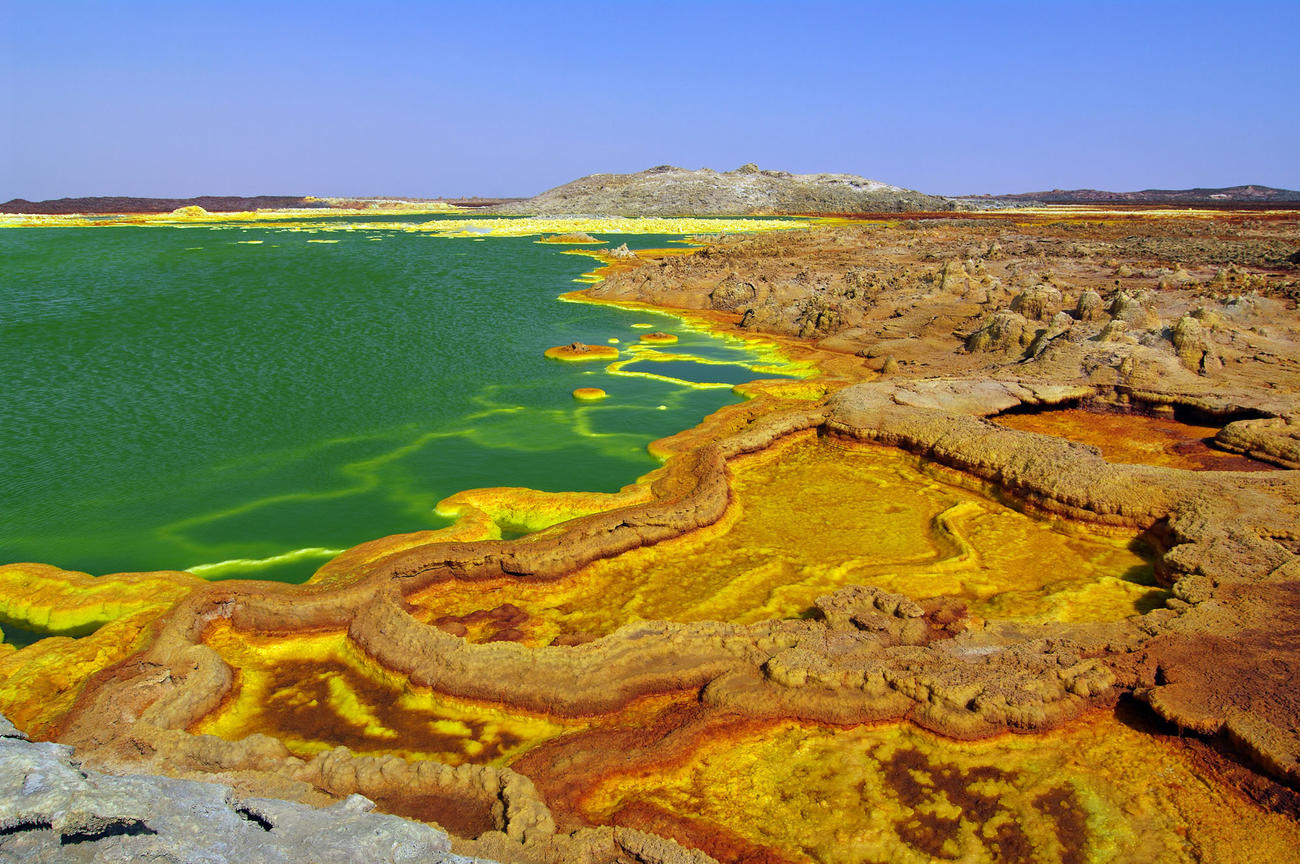
The Danakil Depression is a geological depression resulting from the presence of three tectonic plates near the Horn of Africa. Located in the northern part of the Afar region in Ethiopia, the Danakil Depression is one of the lowest and hottest places on earth. The depression includes the lowest point in Africa, Lake Asal at 155m below sea level and the spectacular and active Erta Ale volcano, which is best viewed on a night-time trek. The Awash River flows into the Danakil Depression where it ends in a series of lakes, such as the sulphur lake above. It is the only river to run its entire course within Ethiopia’s borders.
When to go: This unusual world wonder has very low levels of rainfall and experiences very high temperatures, the cooler ‘rainy’ season running from September till March. December and January are the cooler time to visit the Danakil, but this can still mean daytime temperatures in the 40s. Night-time temperatures in the Danakil are in the 20s and rainfall is very rare.
Visit the Danakil Depression: Ethiopia: Harar and the Danakil Depression
2. The Meroe Pyramids, Sudan
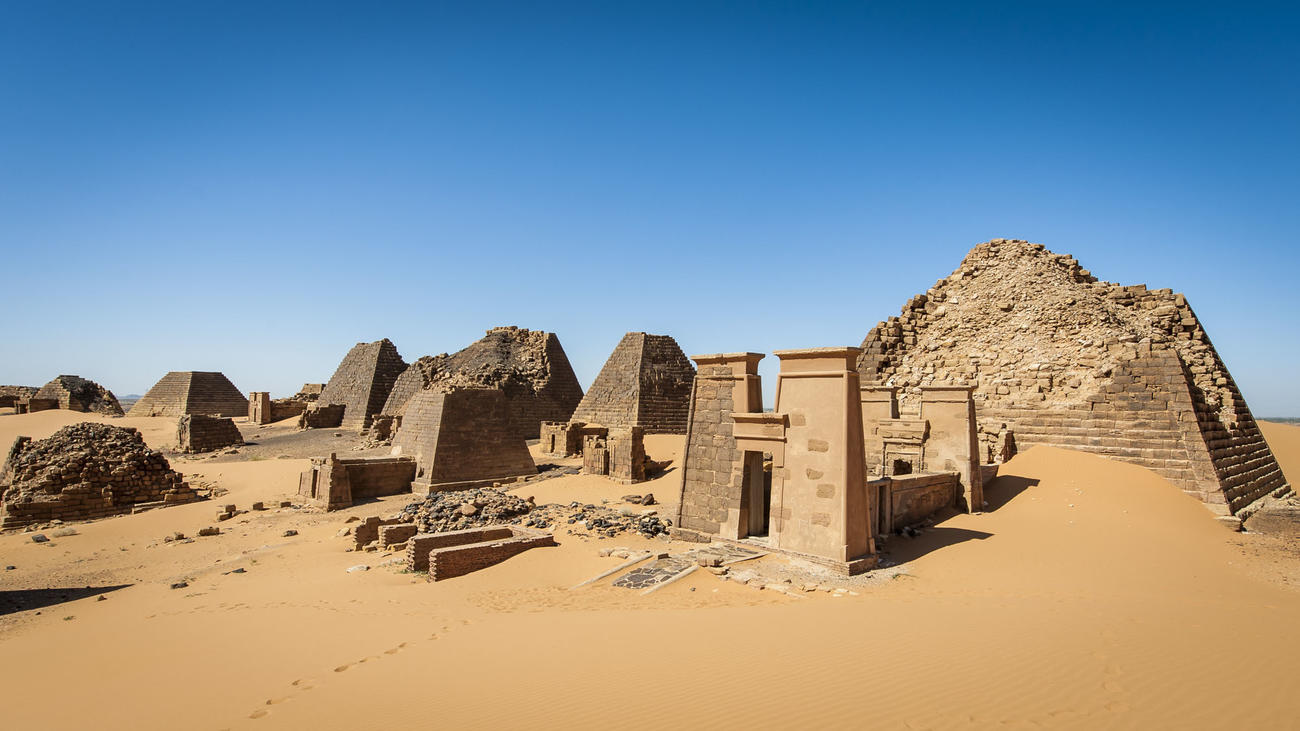
Once a capital of the biblical Kingdom of Kush, Meroe is home to some of the most remarkable structures in the world – the great Nubian pyramids of Sudan, distinctive for their size, number and unusual proportions. These stunning structures once lay at the heart of a Kushitic Kingdom that flourished for over 1000 years. The site is strewn with a fabulous collection of pyramids that number in their hundreds, and whilst many now lie in ruins, the significance and sheer majesty of the site remains. The site today contains the largest collection of pyramids in Sudan, some of which have been restored to something approaching their former glory, including the beautiful ‘Lion Temple’ at Musawwarat es Sufra and some of the temple complexes at nearby Naqa. An added incentive is that the pyramids only see a fraction of the visitors that Egypt's Giza pyramids receive so it make for a great alternative bucket list destination.
When to go: The winter months are the best time to visit this unique travel destination, because temperatures are cooler. May – September are best avoided unless you enjoy very hot days! Rain is unlikely but not unheard of.
Visit the Meroe Pyramids: Beneath the Sands of Sudan or Egypt & Sudan: The Road to Khartoum
3. Tikal, Guatemala
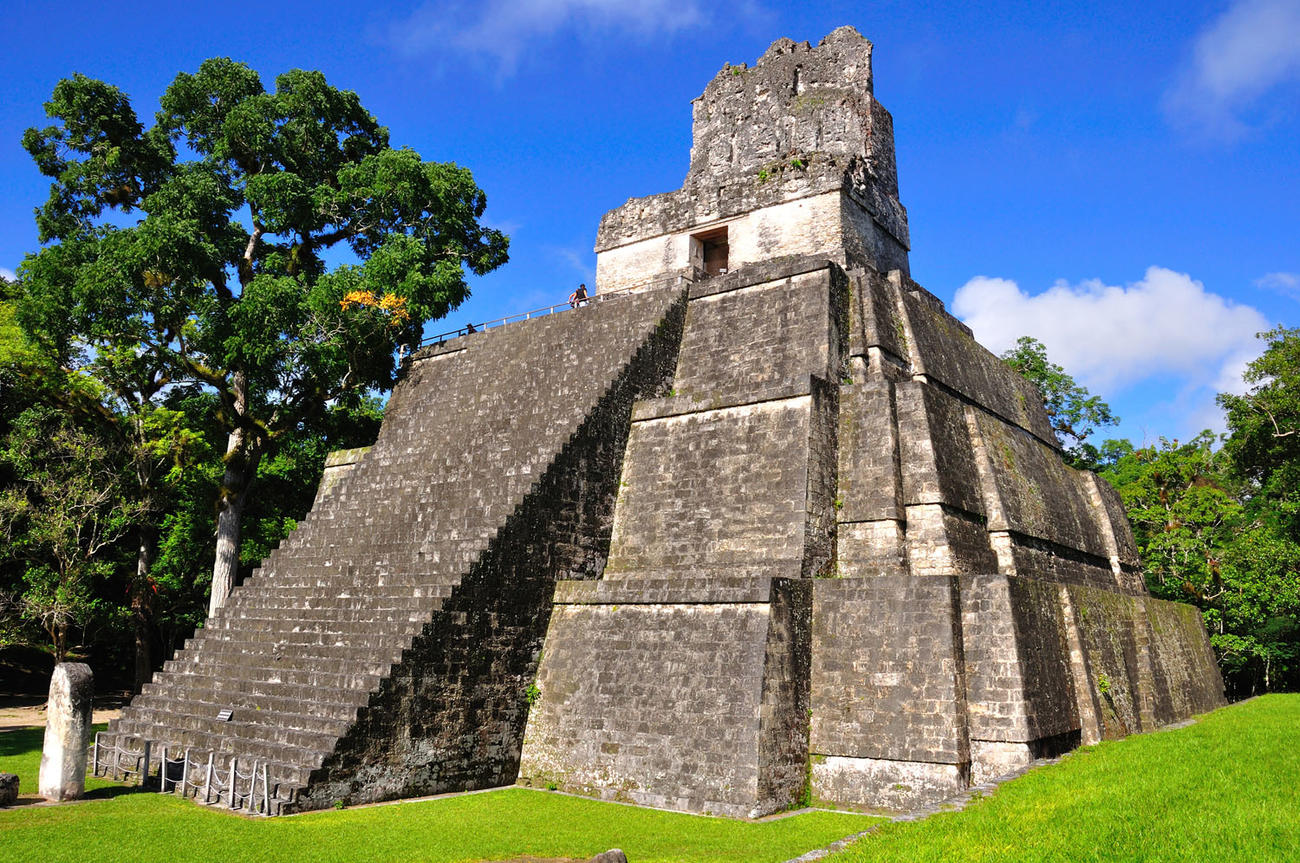
The remarkable ruins of Tikal are set within the lush landscapes of the Parque Nacional Tikal. Considered by many to be the finest collection of Mayan ruins, this stunning UNESCO World Heritage site lies encased in a remote jungle setting. Abandoned over a thousand years ago, the city was once one of the largest and most powerful in the Mayan world, its temples and pyramids spreading across an area of over 16 square kilometres. Deserted since the end of the 9th century AD the city lay lost for centuries, before it was rediscovered in 1848 and its temple complexes again stood testimony to the incredible ingenuity of Mayan engineering. The site is still only partially excavated and the jungle trails that wind through the expansive plazas and past towering Mayan pyramids, enhanced by the choral accompaniment of howler monkeys and toucans, only add to its feeling of remoteness.
When to go: There isn’t really a bad time to go to Guatemala, but the months of November to April are generally considered the dry months and the best time to visit. At this time you can expect daytime temperatures to be in the late 20s. Keep in mind that it can be fairly humid all year round when visiting this unusual wonder of the world.
Visit Tikal: Guatemala: Tikal & Beyond
4. The Kalash Valleys, Pakistan

The strangely enchanted Kalash Valleys, entered down a dusty road and said to have inspired Kipling's fable ‘The Man Who Would Be King’, are a ravishing otherworld. An amazing alternative bucket list destination is the Kalash Valleys, otherwise known as Kalasha Desh, which comprise of three narrow valleys that buttress up against the Afghan frontier in the district of Chitral and are steeped in myth and legend. Said to have descended from the armies of Sikander, Alexander the Great, the unique Kalash pagan tribe are rich in animistic traditions and fascinate anthropologists due to their unique culture compared to others in the region. Worshipping a plethora of ancestral gods, the Kalash hold colourful religious festivals of music and dance, drink wine and sacrifice animals. Though the men now wear the standard Pakistani shalwar kameez, the women still dress in traditional garb.
When to go: For this unique travel destination the Spring or Autumn are the best time to visit, when temperatures are more moderate, colourful festivals take place and the Kalash people are at their most active.
Visit the Kalash Valleys: Hindu Kush Festival Adventure or Summer Mountain Festival Explorer
5. Dal Lake, Srinagar, India
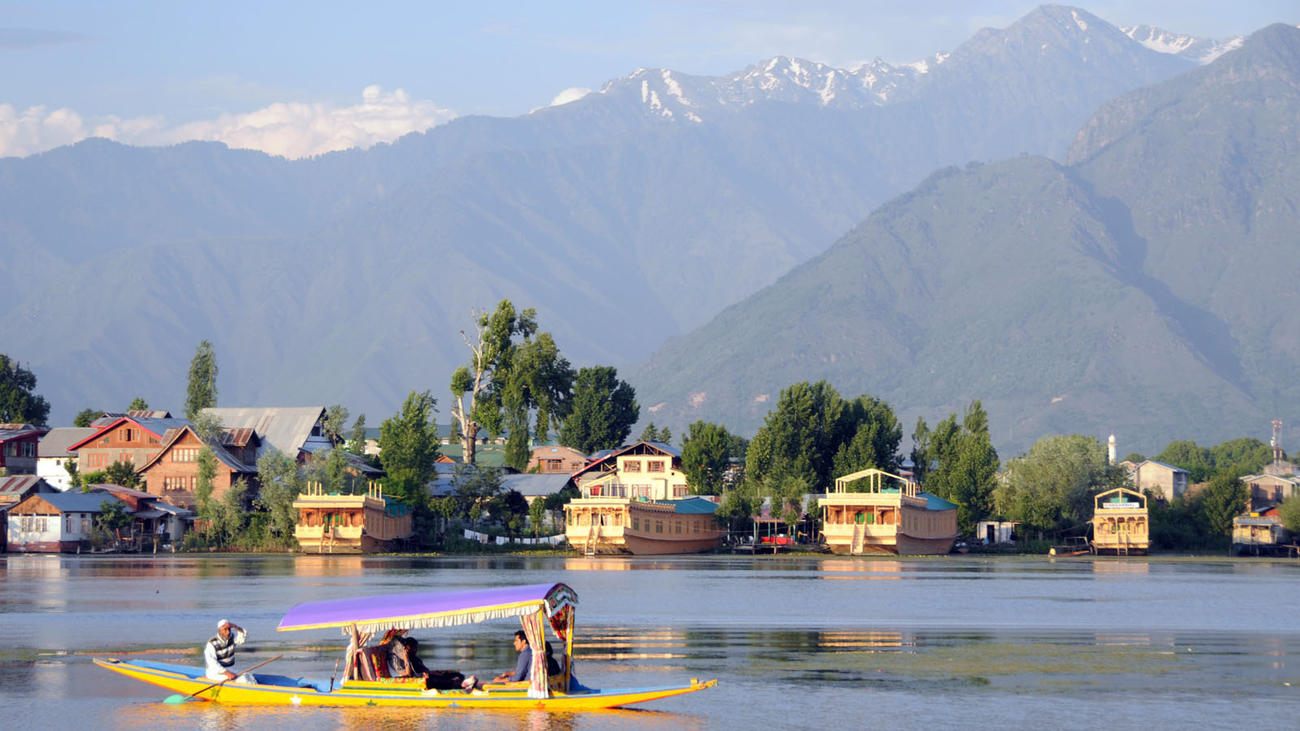
Dal Lake is located around fascinating Srinagar, the summer capital of Jammu and Kashmir. The lake itself is the second largest in Kashmir and is often called the ‘Jewel in the Crown of Kashmir’ or ‘Srinagar’s Jewel’, due to its importance to tourism and the locals in the area. It also plays an important commercial role as a result of its fishing and water plant harvesting. With a 15.5km shoreline, one of the best places to view the lake is from one of the many Mughal gardens, where you can fully appreciate the parks, houseboats and mountain views. A shikara ride around Dal Lake is also a good way to appreciate the waterways and canals of Srinagar’s old town, where you will pass floating gardens, shops and huge 200 year-old houses, constructed out of red brick and dark wood with hanging balconies leaning out over the water. The lake is currently undergoing a large amount of work to restore it to its original splendour.
When to go: The best time to visit is during the summer months when the temperatures are moderate and provide a welcome respite from the heat in the rest of India. During the winter temperatures can reach −11 °C, sometimes causing the lake to freeze over.
6. Avenue of the Baobabs, Madagascar
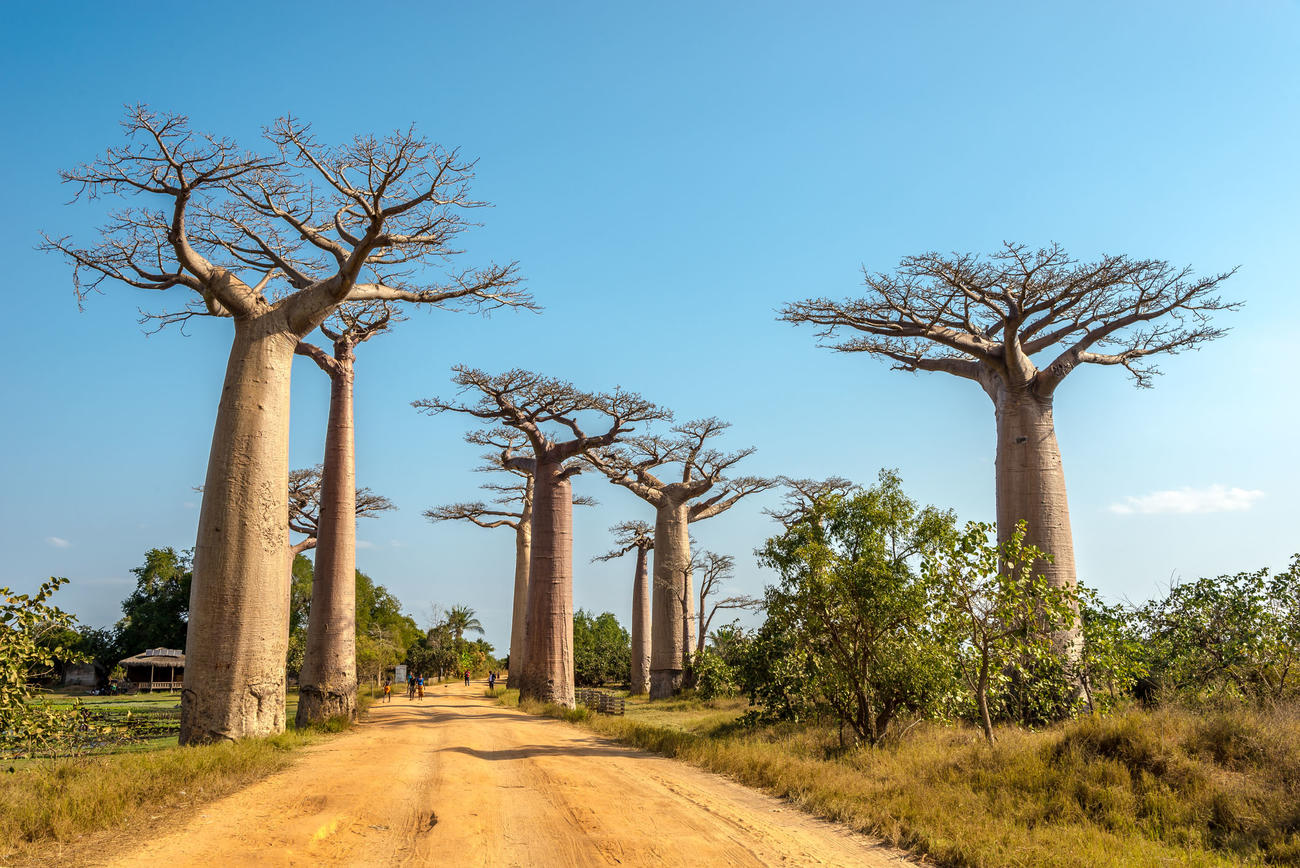
The Avenue of the Baobabs is the name given to the group of baobab trees lining the dirt road between Morondava and Belon'i Tsiribihina in the Menabe region of western Madagascar. This unusual world wonder is approximately 20 – 35 baobab trees measuring 30 metres in height cover a 260m stretch of road, drawing in visitors from around the world. The trees once existed in dense forests, but have been extensively cleared for agricultural purposes. Although the area isn’t a national park, the baobabs are part of a local ecotourism project focused on conserving the area, preventing further deforestation and protecting the economy of the local community. The Avenue of the Baobabs has also been given temporary protected status by the Ministry of Environment, Water and Forests. Of the eight species of baobab found globally, Australia and the African mainland are home to just one each. The other six are to be found only in Madagascar (which also has the species found on the African mainland), making it the best place in the world to see these magnificent ‘upside-down’ trees.
When to go: The dry season (April to October) is the best time to visit as temperatures are typically in the early 30s in the daytime. In general, June is the coolest time of year to travel, but even at this time you can expect many sunny warm days.
Visit the Avenue of the Baobabs: Madagascar Encompassed
